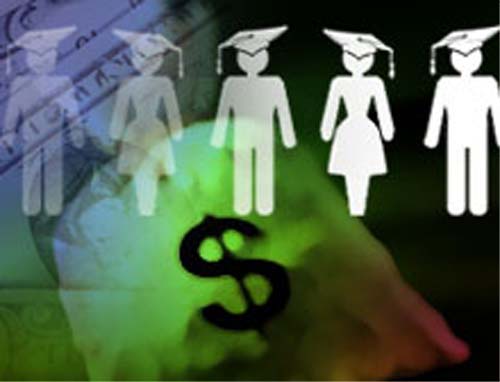Difference Between Subsidized and Unsubsidized Loan

Students wishing to pursue quality education may need to opt for either subsidized or unsubsidized loans. Both work in similar ways but hold varying degree of financial consequences for the borrower.
When taking out a subsidized loan, you will not be entitled to make any interest payments until you are enrolled in school. That burden is taken up by the federal government which pays the interest payments. Once you have graduated and the grace duration expires, you will need to start paying back the principal amount and the interest accrued on it. An unsubsidized loan works the other way round, where you will need to make interest only payments during you academics and will therefore will make periodic payments on the principle taken out, six months after graduation.
One can only get subsidized loans, depending on your financial circumstances. The two examples of subsidized loans include Stafford Loan and Perkins Loan. Unsubsidized loan can be taken out by any individual, regardless of his or financial requirements. In case you have taken an unsubsidized Stafford loan, you can pay the interest amount, along with the principle figure, after your graduation. This option is also usually referred to as Capitalized unsubsidized loan.
It may be difficult for an individual to get a subsidized loan because of the various qualification criteria. However, these loans usually come with a lower interest rate, allowing individual the best chance to return back the owed amount.
However, unsubsidized loans can offer greater flexibility to an individual, where he can search and shop around for the best interest rates, along with the overall loan amount he or she wants to take out.
Both loans deal with a certain cap i.e. the amount you can borrower per year. That cap is usually tighter in unsubsidized loan and will depend on your overall financial standing. In subsidized loan, you can borrow the initial amount, and once the cap is reached, you can take out unsubsidized loan and combine your options.
Instructions
-
1
Subsidized loans
It is a type of loan where the borrower is not obligated to pay the interest on the overall loan amount for a certain period of time. Instead a third party pays the interest which could include a federal body or charitable organization.
Image Courtesy: collegeview.com

-
2
Unsubsidized loan
It is a loan where interest is applied as soon as the money is in the possession of the borrower, who will be obligated to make interest-only payments.
Image Courtesy: skill-guru.com


